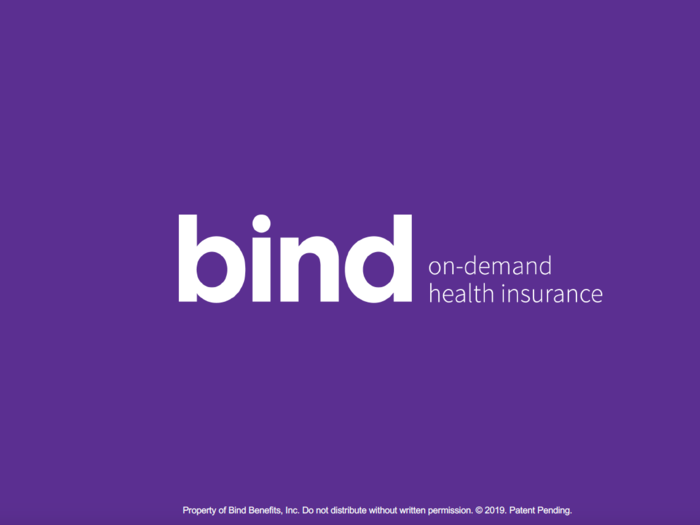



For more costly conditions to treat, like cancer, the plan would cover more of the healthcare cost. A more common condition, in this case toe fungus, might have less coverage on the plan.
"The bad thing about plans today they treat all services and all providers as the same," Miller said. "We're going to make subsidizations smart."

Take knee pain. Physical therapy might be covered under the core part of the plan.
But say you want to get a knee arthroscopy, a surgical procedure. You'd need to add on that coverage to your core plan, paying an additional amount.
The hope with this strategy is to help members try out less-invasive or lower-cost treatment plans first, ideally saving employers money, too.
"What we do is we're flexing how much coverage costs depending on what you used," Miller said.




Should a member have a question about whether a branded prescription drug, like the heart drug Plavix, is covered, the member would see that he or she could be taking the generic version instead. A map lays out where he or she can pick up the drug at the lowest cost.

Say a member is interested in getting the knee surgery and wants to know what it would cost at a local medical center. The app can inform them that it's not a part of the core plan. Ahead of the surgery, however, the member can buy add-in coverage, giving a better sense of what their medical costs will be.


Bind is betting that by giving its members a clearer picture of where a procedure is more cost-effective, members will choose that spot more often. That way, Bind doesn't have to set premiums to account for the procedure at a facility that costs $24,000. To do this, Bind puts to use data collected by other insurers.
"The reality is we couldn't have done what we have done today without the help of big data sets insurance have," Miller said.



A PPO, or preferred provider organization, plan came with $143 in premiums, while the Bind plan cost $82 a month. The price point, Miller said, is in line with a plan that would normally come with a high deductible. Bind plans don't have high deductibles.
In this instance, the employees picked the Bind plan 65% of the time over other insurance options.

Because Bind requires members to interact more than standard health insurance does, it's important that they log in and use the app or website.
Across Bind's whole business, 54% of members activated their Bind accounts within the first three months, a number Miller said is growing as members start to need healthcare throughout the year.
With one particular employer, Bind noticed that 83% had used the app or Bind's website for their care.







 I spent $2,000 for 7 nights in a 179-square-foot room on one of the world's largest cruise ships. Take a look inside my cabin.
I spent $2,000 for 7 nights in a 179-square-foot room on one of the world's largest cruise ships. Take a look inside my cabin. Colon cancer rates are rising in young people. If you have two symptoms you should get a colonoscopy, a GI oncologist says.
Colon cancer rates are rising in young people. If you have two symptoms you should get a colonoscopy, a GI oncologist says. Saudi Arabia wants China to help fund its struggling $500 billion Neom megaproject. Investors may not be too excited.
Saudi Arabia wants China to help fund its struggling $500 billion Neom megaproject. Investors may not be too excited. Catan adds climate change to the latest edition of the world-famous board game
Catan adds climate change to the latest edition of the world-famous board game
 Tired of blatant misinformation in the media? This video game can help you and your family fight fake news!
Tired of blatant misinformation in the media? This video game can help you and your family fight fake news!
 Tired of blatant misinformation in the media? This video game can help you and your family fight fake news!
Tired of blatant misinformation in the media? This video game can help you and your family fight fake news!

Copyright © 2024. Times Internet Limited. All rights reserved.For reprint rights. Times Syndication Service.